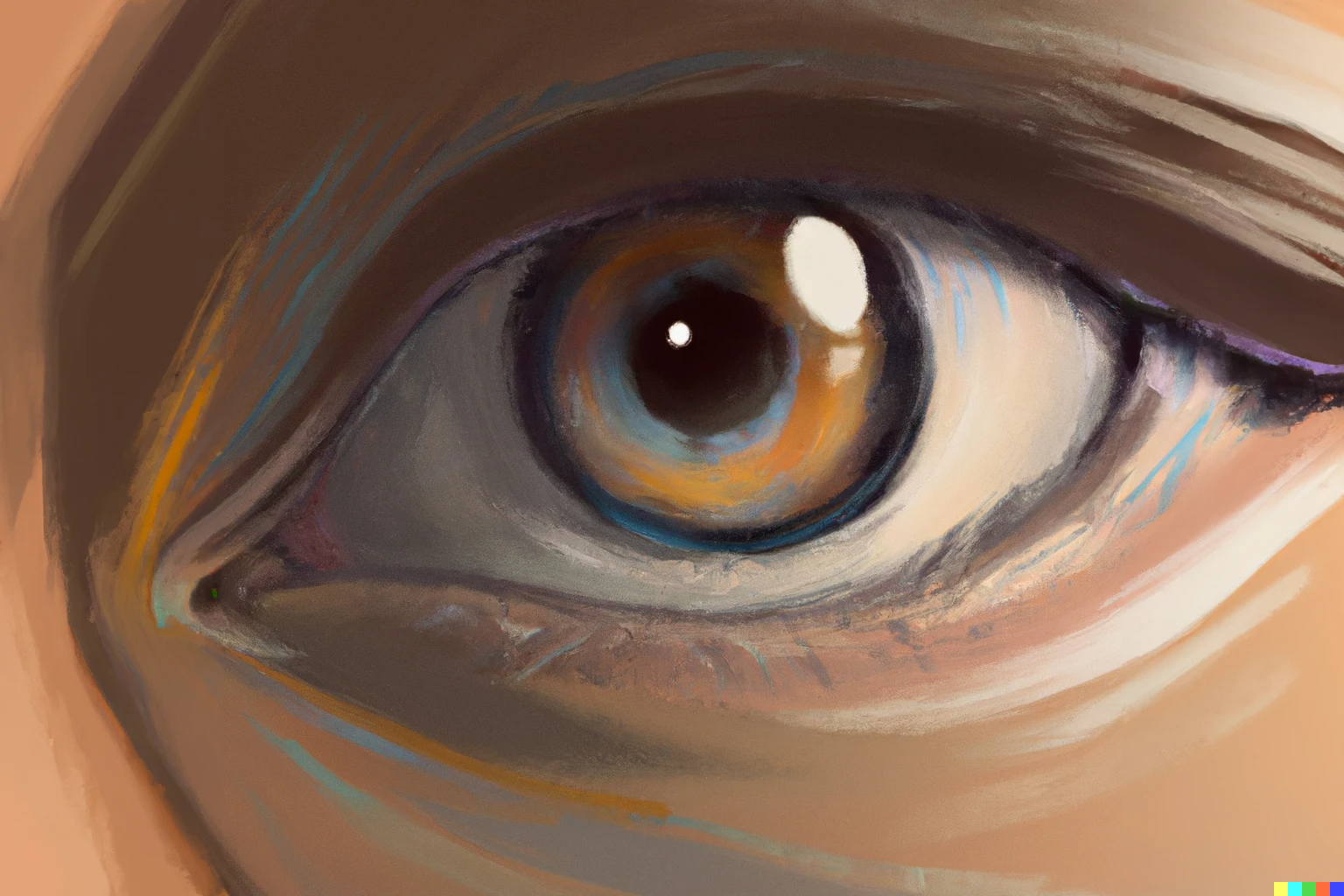In ‘Essays on Essays,’ columnist Sam Waddoups riffs on another author’s essay. This week’s essay is inspired by Annie Dillard’s “Seeing.”
I had a few rare minutes before my last class of the day, so I walked the steps from Main Quad down to the Oval. I had in mind the kind of bliss you usually see in college brochures: a portrait of a carefree student. I set my backpack down to block the sideways afternoon sun, stretched out on the grass and looked up.
As soon as I settled in, the bugs agitated themselves into my orbit. Gnats, or something like that. They floated around my head; layers of them extended up until they were invisible against the blue beyond. My eyes strained to see all the gnats at once, close and far. Finally, I clicked into focus, and they multiplied. It was like I was seeing the sky for the first time, learning that this domain was not ours, nor the clouds’: the air belonged to the bugs. Faded circling specks materialized just out of focus. My eyes widened; I was surrounded by them.
Some of the gnats remained blurry, no matter how much I tried to focus on them. They avoided eye contact like a shy teenager, slipping out of sight every time I darted my eyes over. They were depthless, almost within reach but strangely distant.
My eyes started to hurt from the sun. I winced them shut, then looked over at my backpack. The gray gnats followed my vision. They weren’t bugs, after all. Just spots in my vision, my eyes painting a picture of their own. I can’t trust what I see.
They’re called floaters, a name that strikes the delightful balance between the poetic and the mundane. When collagen clumps up in the vitreous liquid of the eye, it stands like a shadow puppet between the light coming through your eye’s lens and the retina it projects onto. Floaters are the result of this Plato’s Cave scene of light, shadows and projection, all contained in the swirling medium of our eyes.
What would happen if I could focus on the floaters? The stringy proteins inside of me would snap into sharp relief, but what about the rest of the world? Perhaps, entranced by the clarity of introspection, anything outside of the eye would become a floater itself: elusive, mysterious, uncertain. I imagine it would look like the visual model that self-driving car sensors build of the world: full of blocky shapes and faint lines, grayscale, shifting, jumping. To truly know what’s in my eye, obscuring my vision, I would have to sacrifice every other sight, letting them flatten and fade. You can’t see everything at once, it seems.
I remember being frustrated when my high school physics teacher told me that you could never really come into contact with anything. Touching your skin, slamming a table or punching a wall were all just the sensation of electrons repelling against each other. Matter is mostly empty space, anyway, my teacher added, relishing his role in our teenaged crises.
This is not a “VSauce, Michael here” headtrip or an equivalent of the hyperdramatic realization that we could all be seeing different colors. No, I mean to point to something specific and something frustrating: there’s always something that comes between me and anything else I’m trying to connect to. The vitreous fluid between me and the sky, electrons between me and the table, language between me and you.
It’s discouraging. How can we claim empathy for ourselves with so many barriers between us: our non-transparent senses, our striving language, our different minds? If I can’t see the world around me without floaters getting in the way, there’s no hope for understanding the cloud of complexity that is my roommate, my friend, my sibling. The more I think about it, the more I feel like an air-gapped computer, insulated from any real contact with any network around it. (Here, I feel obliged to say that this was written after a week in COVID isolation — can you tell?)
There’s hope for us, though. We are much better at escaping our isolation from the world than we ought to be.
Take speech, for example. It’s astounding how good we are at understanding each other. It takes 600 milliseconds for the average human brain to produce speech, but we can transition between speakers in a conversation in under 200 milliseconds. We have complex codes and unspoken guidelines that let us understand the difference between phrases like “No, yeah” and “Yeah, no.” In a single sound, we articulate meanings that would take paragraphs to elaborate. We’ve developed speech to cooperate and understand each other much better than you’d expect.
We can detect emotions based on barely perceptible micro-expressions. We make telescopes to see billions of lightyears across the universe. We can not just see but engineer tiny molecules, particle by particle. We gather together in dark rooms to watch the same story and feel the same things, if only for a couple hours.
Maybe that’s what drives us. Maybe that’s what human effort is about. Not about the isolation, but about the ceaseless striving to escape it. We want to get closer to immediacy, collapse the gap between us and the surrounding world. That desire gives us friendships, fiber-optic cables, hugs, Bloomberg terminals, adrenaline junkies, sensory pleasure, virtual reality. It gives us our humility and our hubris, our domination and our compassion. I wouldn’t have it any other way.
